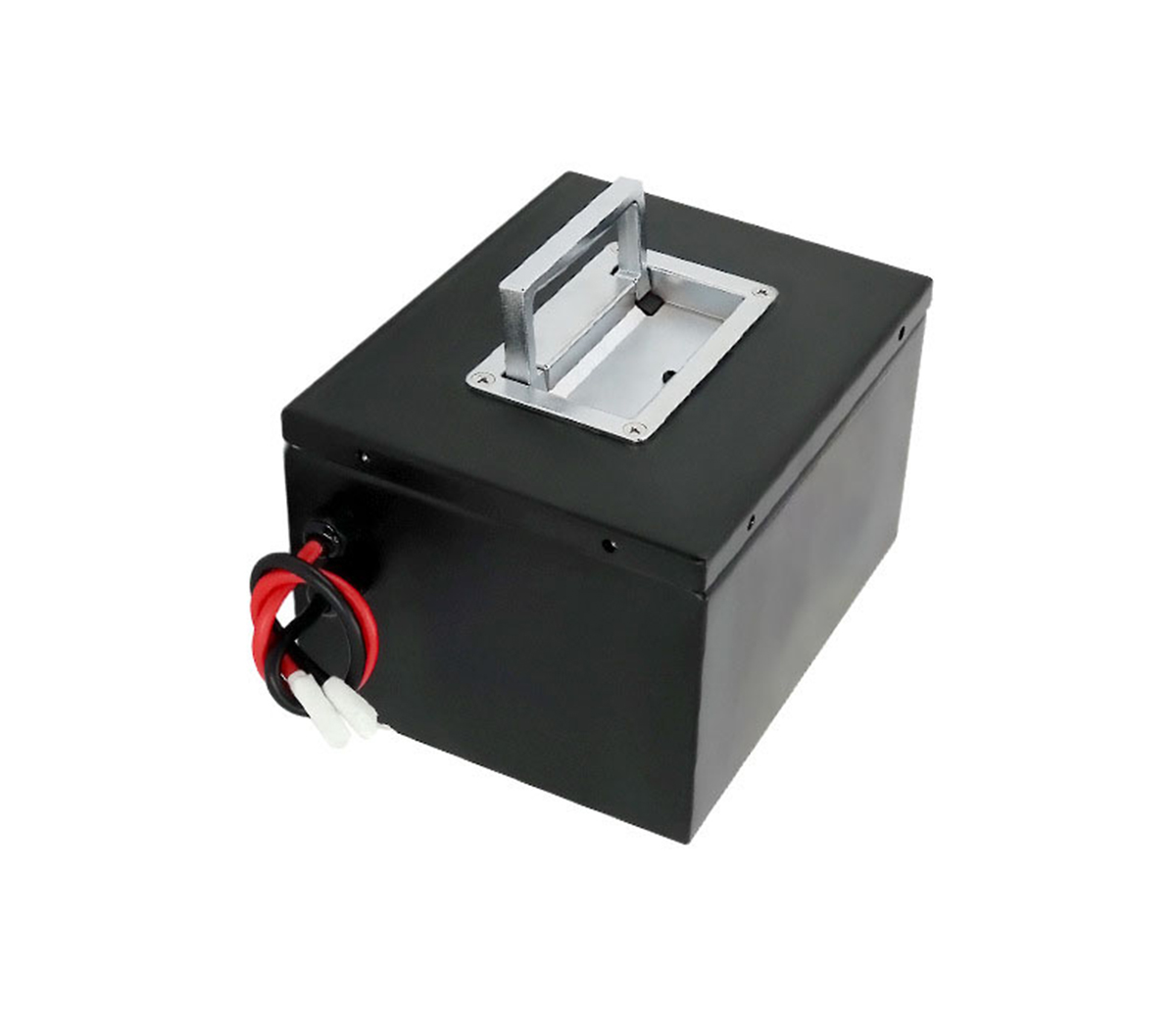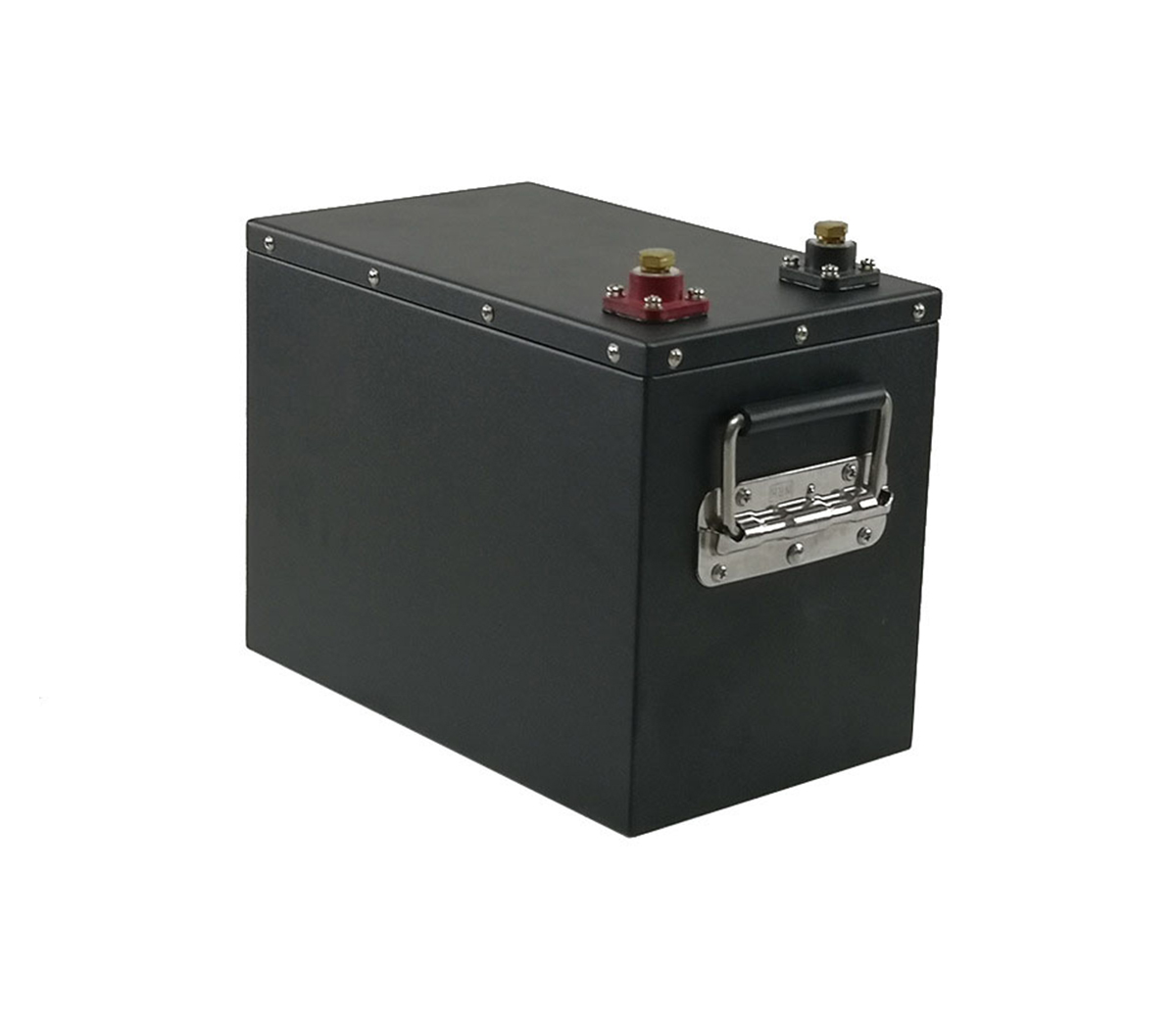If the amount of battery scrap generated by the development of the new
energy automobile industry is not properly disposed of, it will cause greater
pollution to the environment; in addition, discarded lithium-ion batteries have
significant resources, and we will analyze lithium-ion batteries below. The
technical feasibility and cost-effectiveness of recycling.
If the amount of battery scrap generated by the development of the new
energy automobile industry is not properly disposed of, it will cause greater
pollution to the environment; in addition, discarded lithium-ion batteries have
significant resources, and we will analyze lithium-ion batteries below. The
technical feasibility and cost-effectiveness of recycling.
Waste power lithium batteries have significant resource properties. Among
them, cobalt and lithium have the highest potential value. The positive
electrode, negative electrode, separator, electrolyte and other materials of
lithium-ion batteries contain a large amount of valuable metals. The valuable
metal components contained in different power lithium battery cathode materials
are different, and the metals with the highest potential value include cobalt,
lithium, nickel and so on. For example, the average content of lithium in a
ternary battery is 1.9%, nickel 12.1%, and cobalt 2.3%; in addition, the
proportions of copper and aluminum have reached 13.3% and 12.7%. If they can be
reasonably recycled, they will become A major source of revenue generation and
cost reduction.
Cobalt is a silver-gray shiny metal, ductile and ferromagnetic. Because of
its good high temperature resistance, corrosion resistance, and magnetic
properties, cobalt is widely used in aerospace, machinery manufacturing,
electrical and electronics, chemistry, ceramics and other industrial fields. It
is used to manufacture high-temperature alloys, cemented carbides, ceramic
pigments, catalysts, and batteries. One of the important raw materials.
The energy-saving rate of metal recycling is between 70% and 90%. If
batteries are used to produce batteries with recycled raw materials, it has an
absolute advantage in energy saving and emission reduction. Considering the
economic issues of lithium-ion battery recycling, it is necessary to consider
the full life cycle of the battery. The battery raw materials are mainly
non-ferrous metals. There is a clear gap between the energy consumption level of
my country's non-ferrous metal industry and the international advanced level.
Energy consumption is mainly concentrated in the three major areas of mining,
smelting and processing. However, the energy consumption of the non-ferrous
metal recycling process is much less than that of primary metals.
Abandoned power batteries threaten the environment and human health, and
affect the sustainable development of society. The potential threats to the
environment and human health are the waste power batteries. The existing
disposal methods of waste batteries mainly include solidification, deep burying,
storage in waste mines, and resource recycling. However, my country’s current
battery recycling capacity is limited. Most of the waste batteries have not been
effectively disposed of, which will cause damage to the natural environment and
humans. Health brings potential threats. Although the power battery does not
contain mercury, cadmium, lead and other toxic heavy metal elements, it can also
cause environmental pollution. For example, once the electrode material enters
the environment, the metal ions in the positive electrode of the battery, the
carbon dust in the negative electrode, the strong alkali and heavy metal ions in
the electrolyte may cause heavy environmental pollution, including increasing
the pH of the soil, which may be caused by improper handling. Toxic gas. In
addition, the metal and electrolyte contained in power batteries are harmful to
human health. For example, cobalt may cause intestinal disorders, deafness, and
myocardial ischemia.
The power battery recycling problem has affected the sustainable
development of the society and economy. Electric vehicles have the advantage of
coping with environmental pollution and energy shortages. If the power batteries
cannot be effectively recycled after they are scrapped, it will cause
environmental pollution and waste of resources, which goes against the original
intention of developing electric vehicles. For enterprises, the recycling of
power batteries contains huge business opportunities. After recycling, it can
save battery manufacturers' raw material costs. In addition, the recycling of
power batteries is also related to the government's construction of a low-carbon
economy and an environmentally friendly society.


































